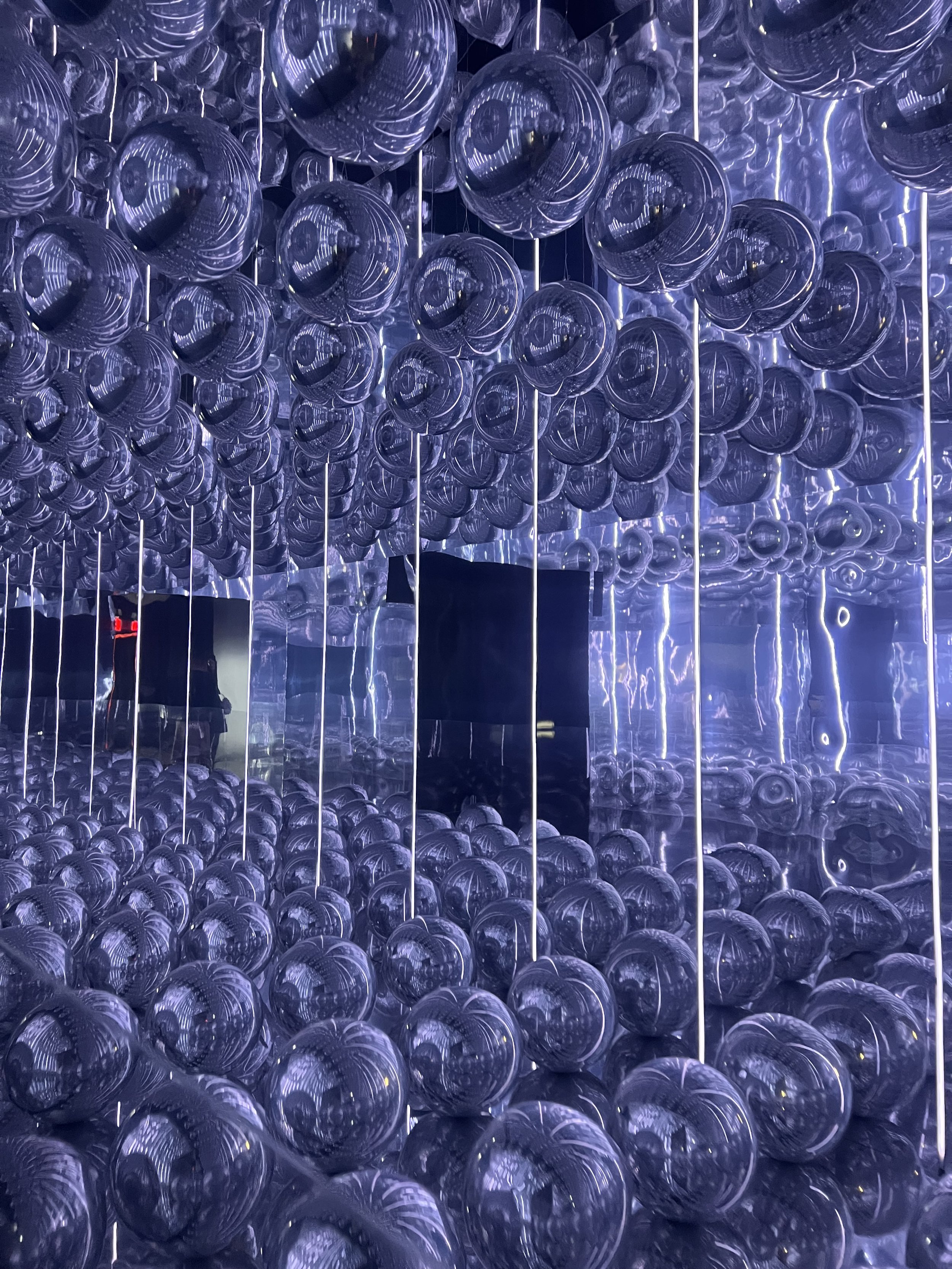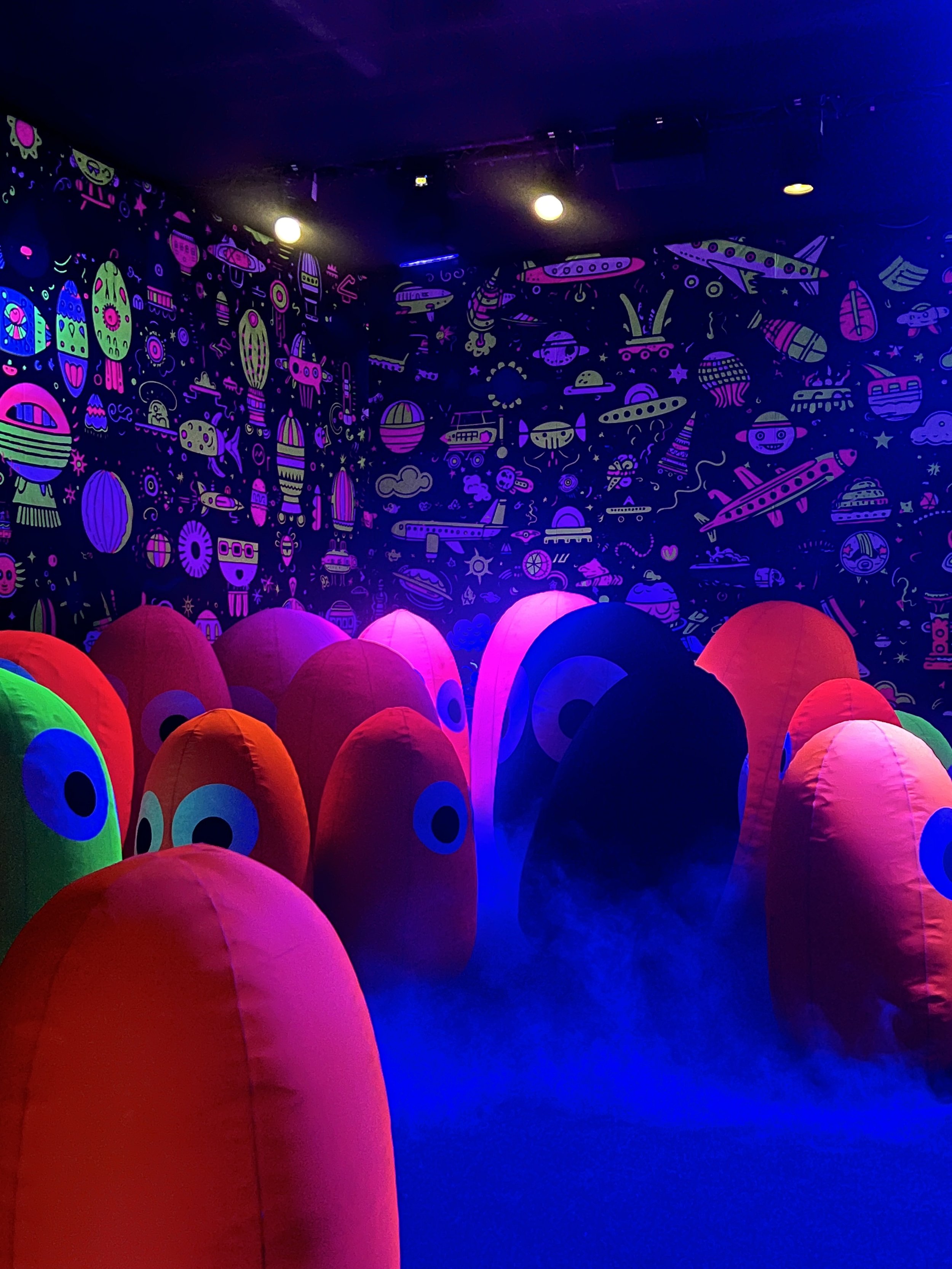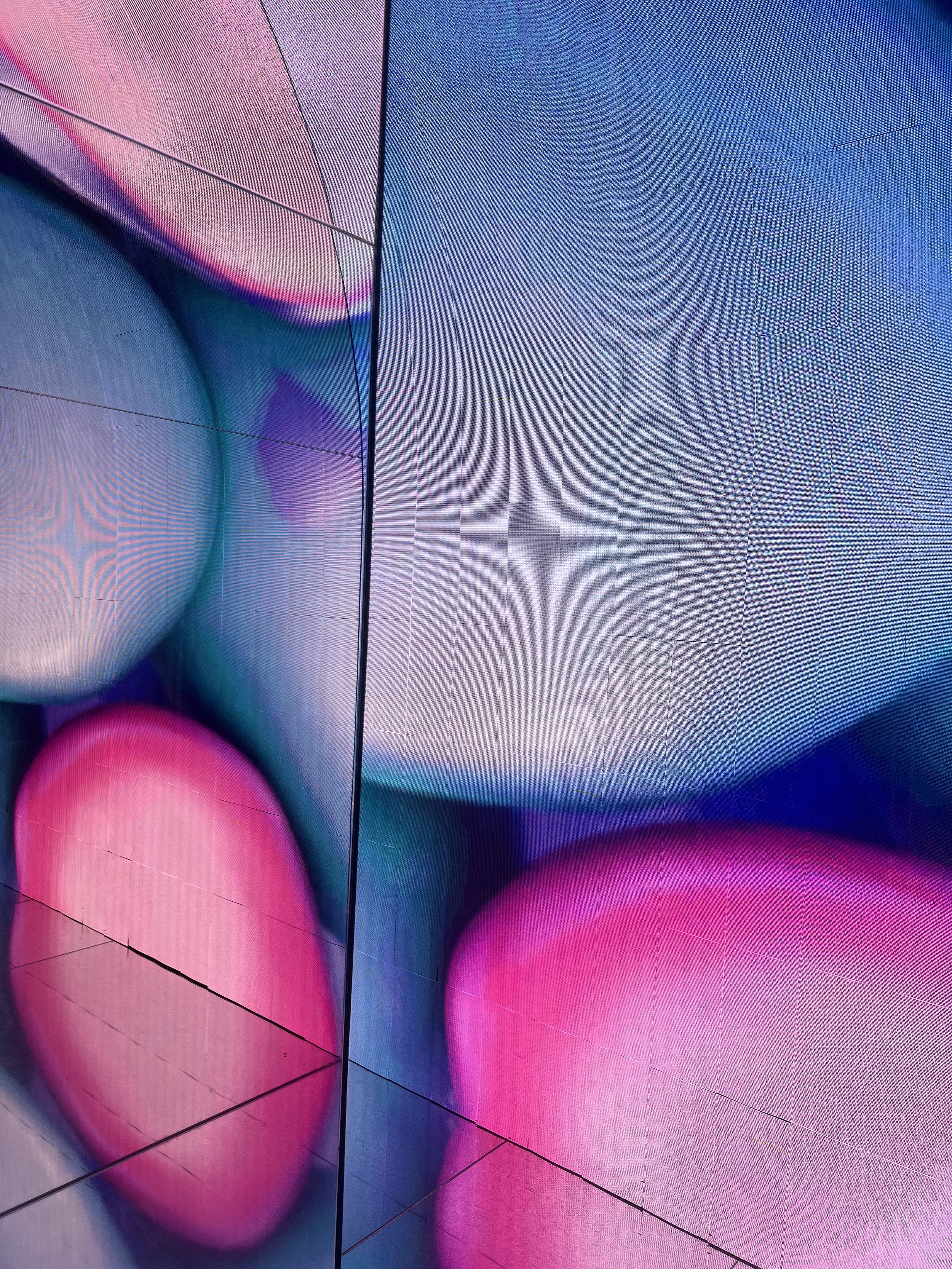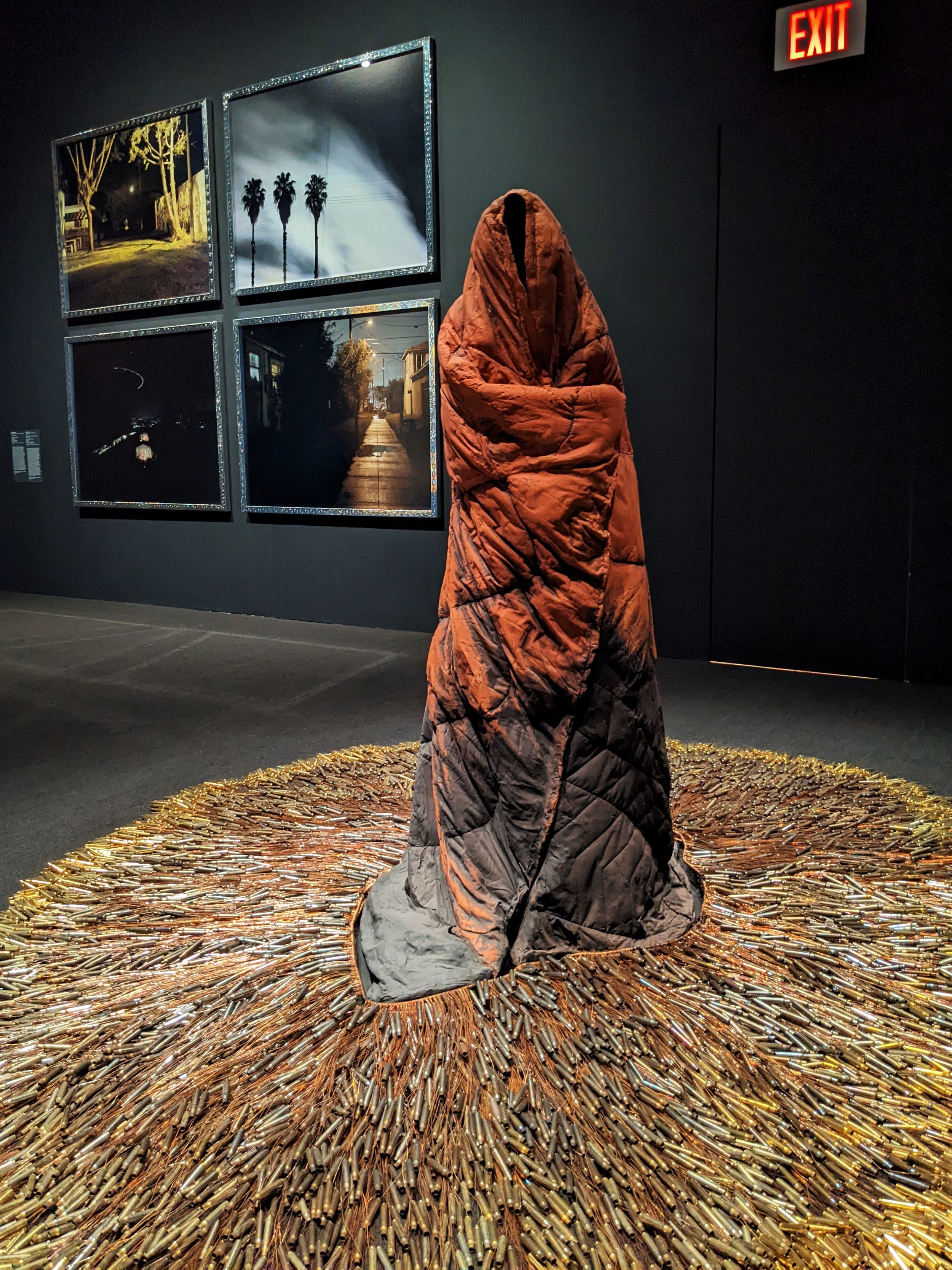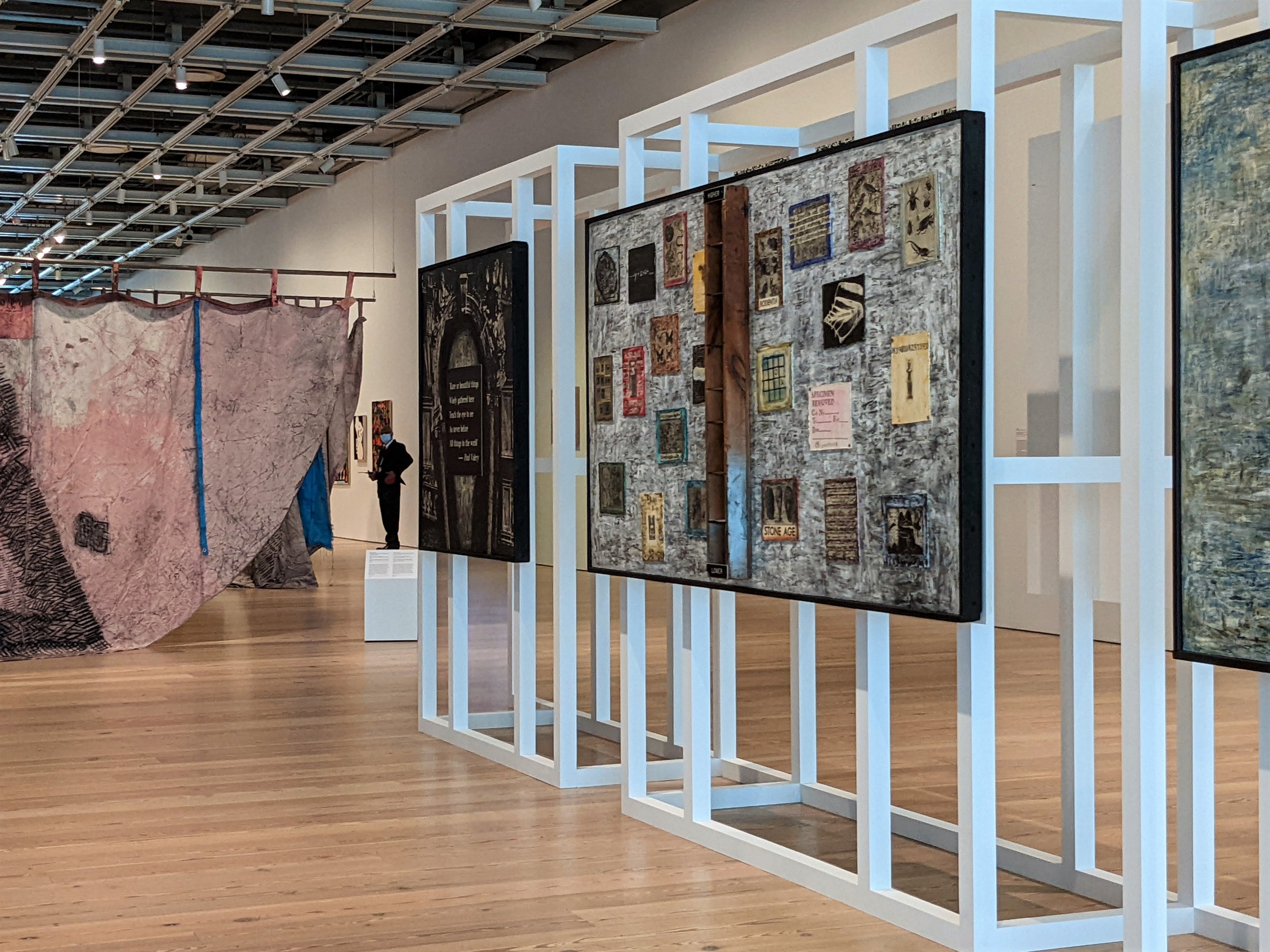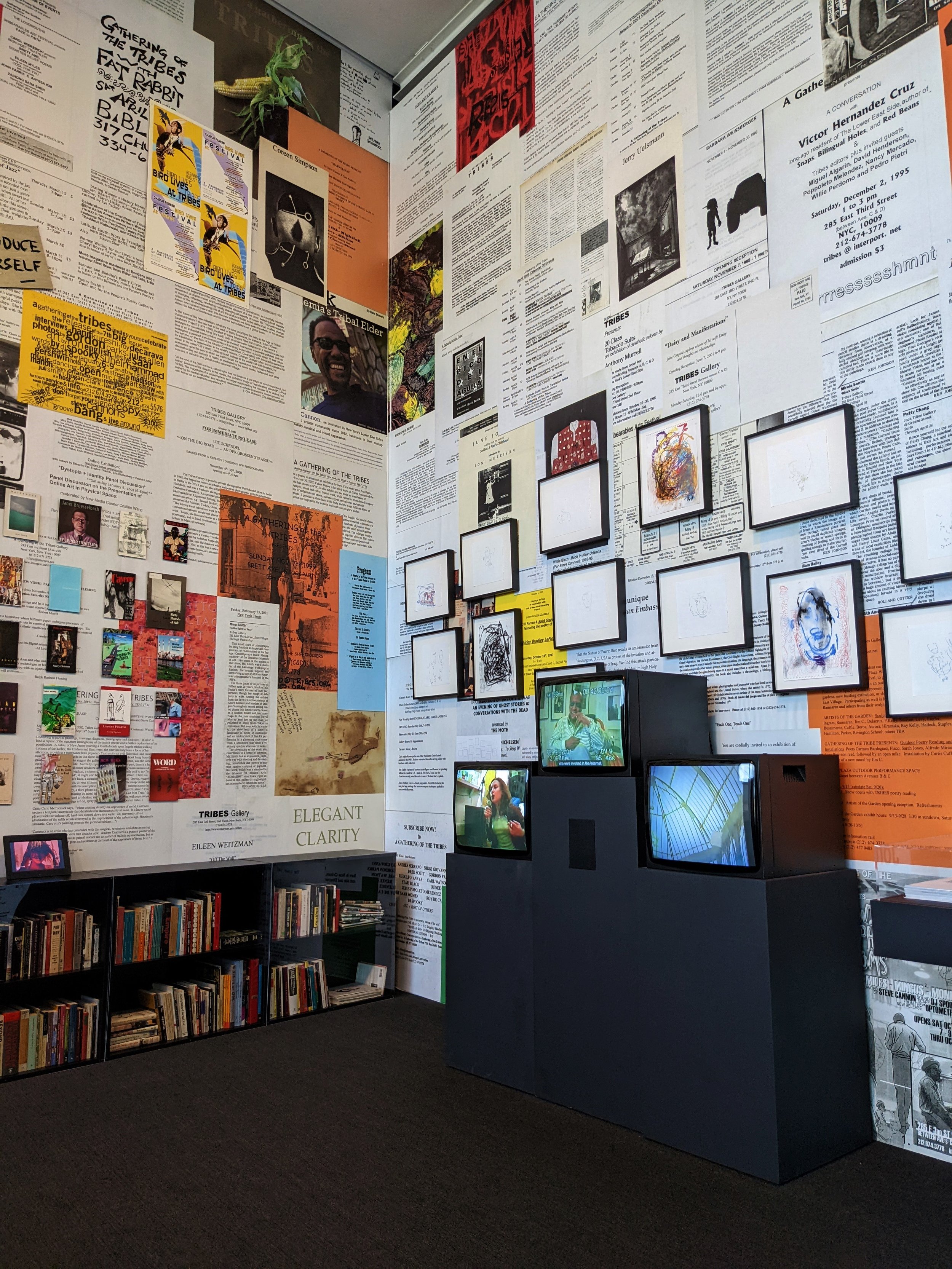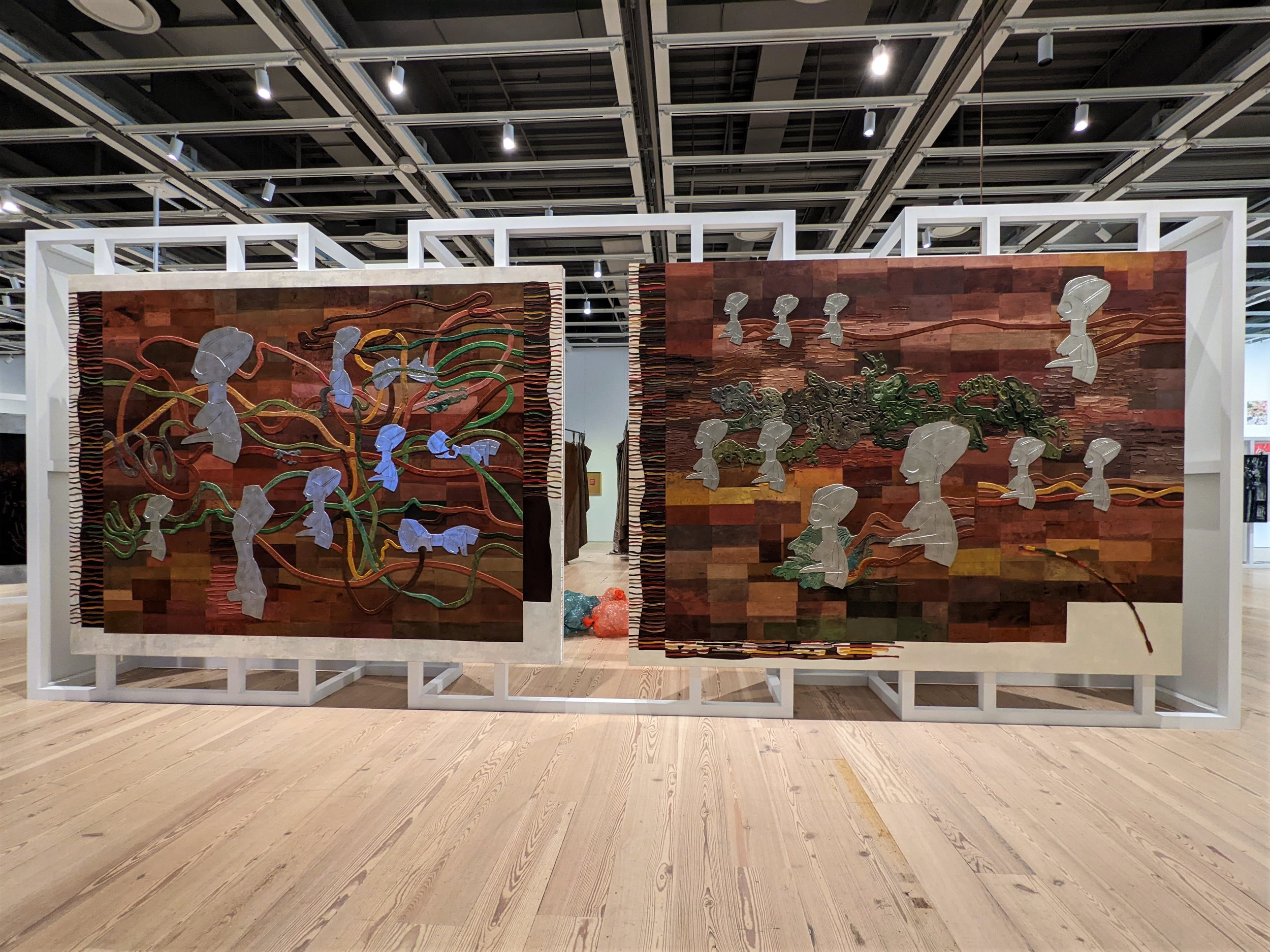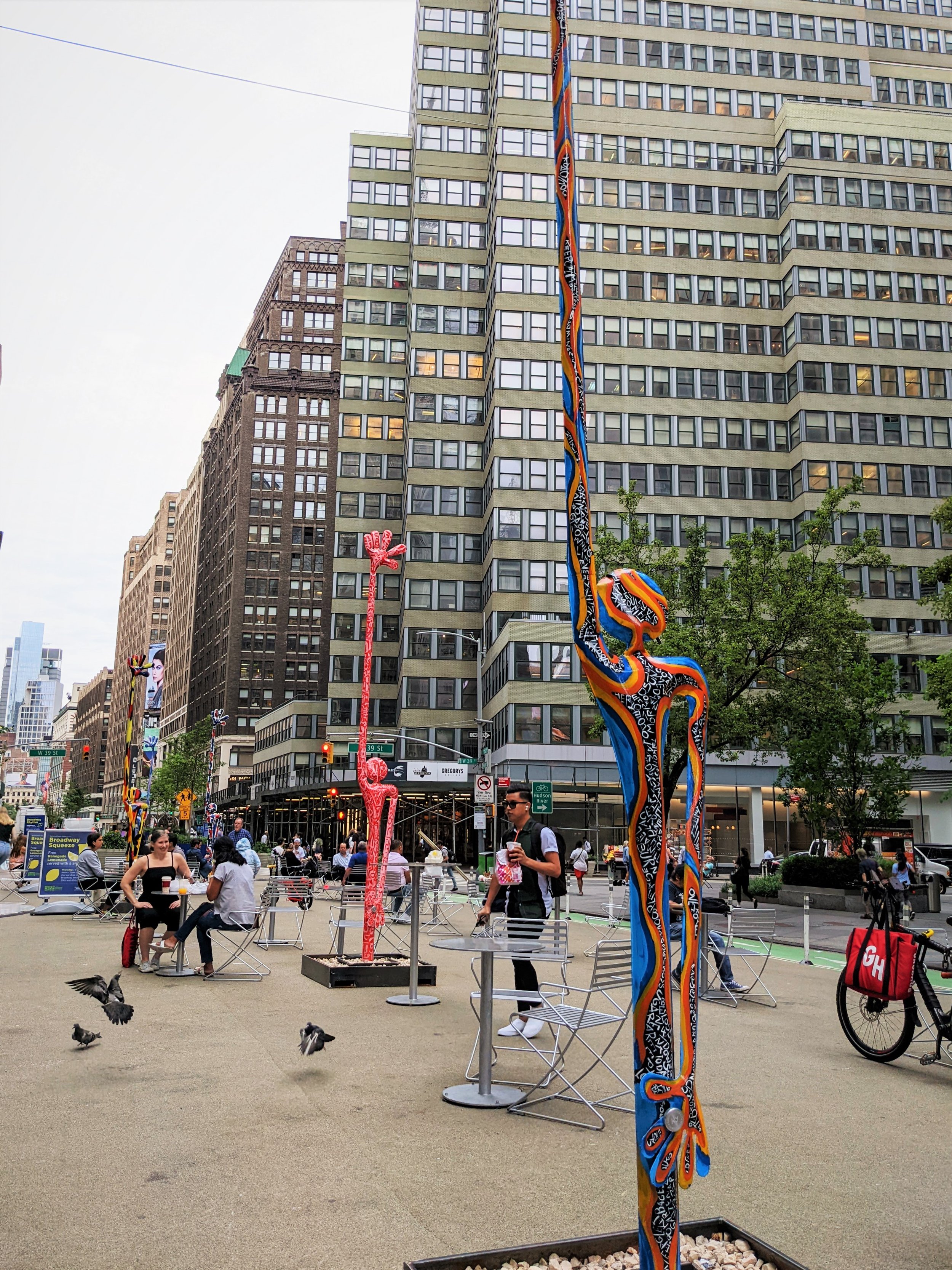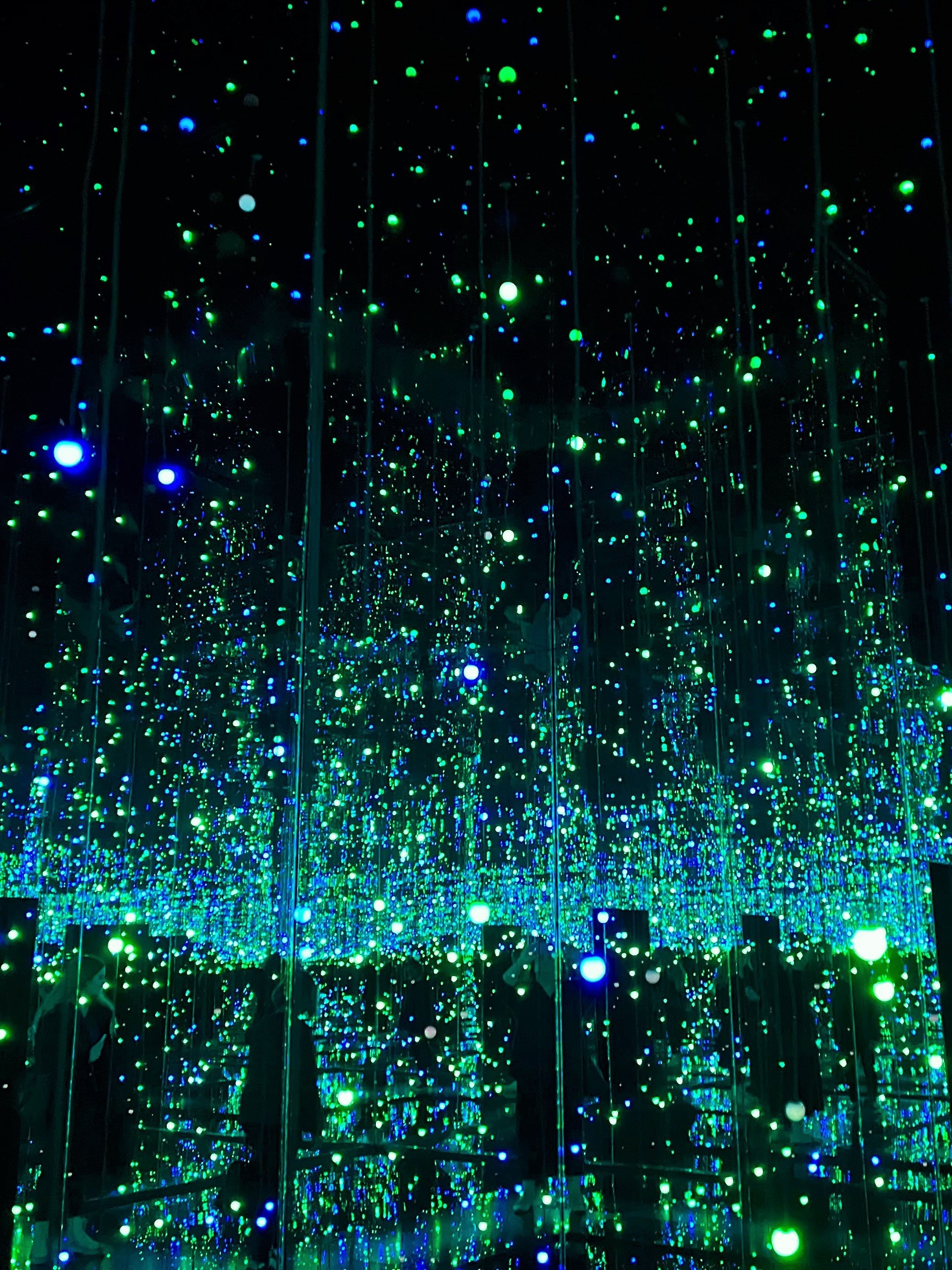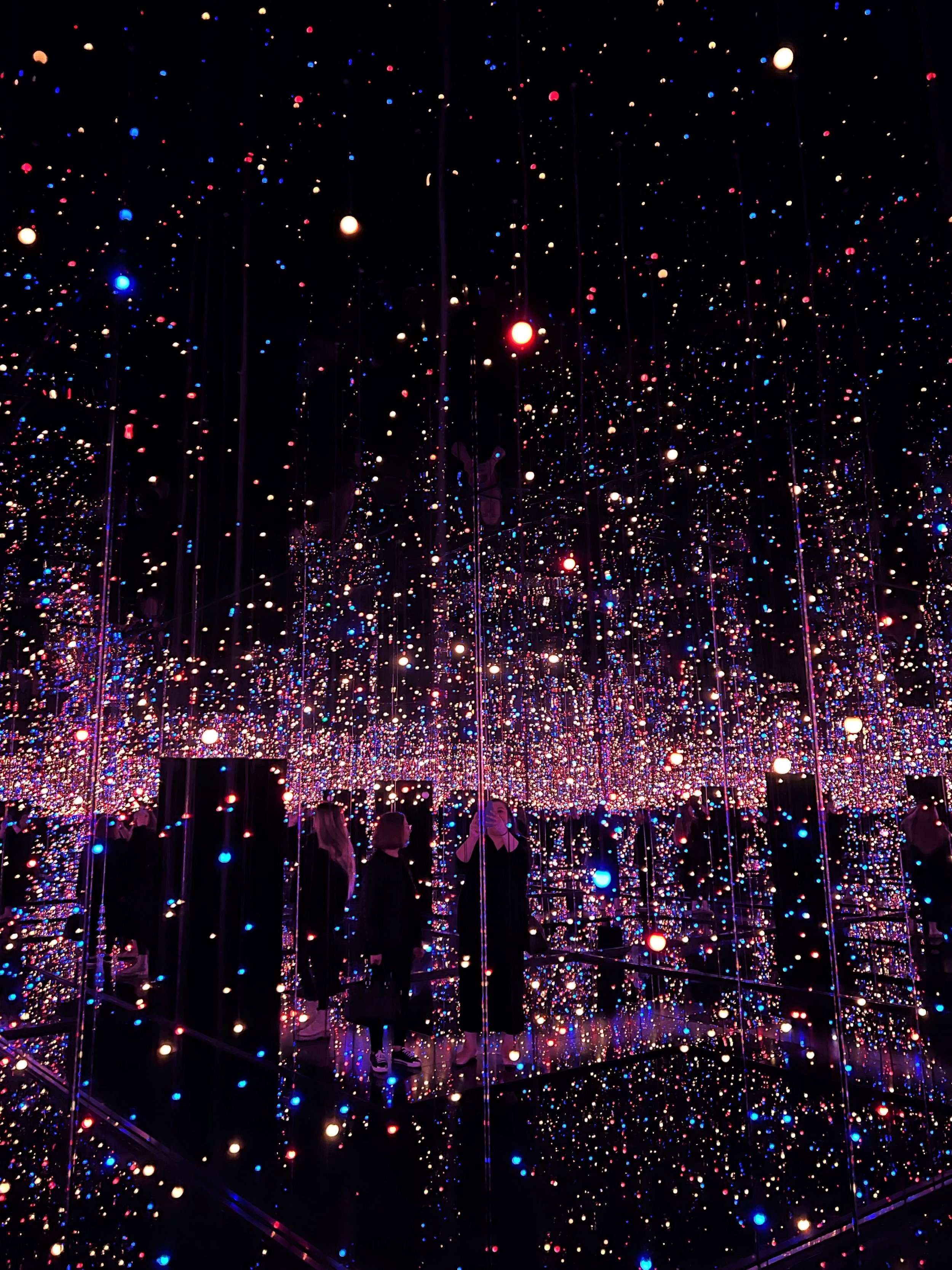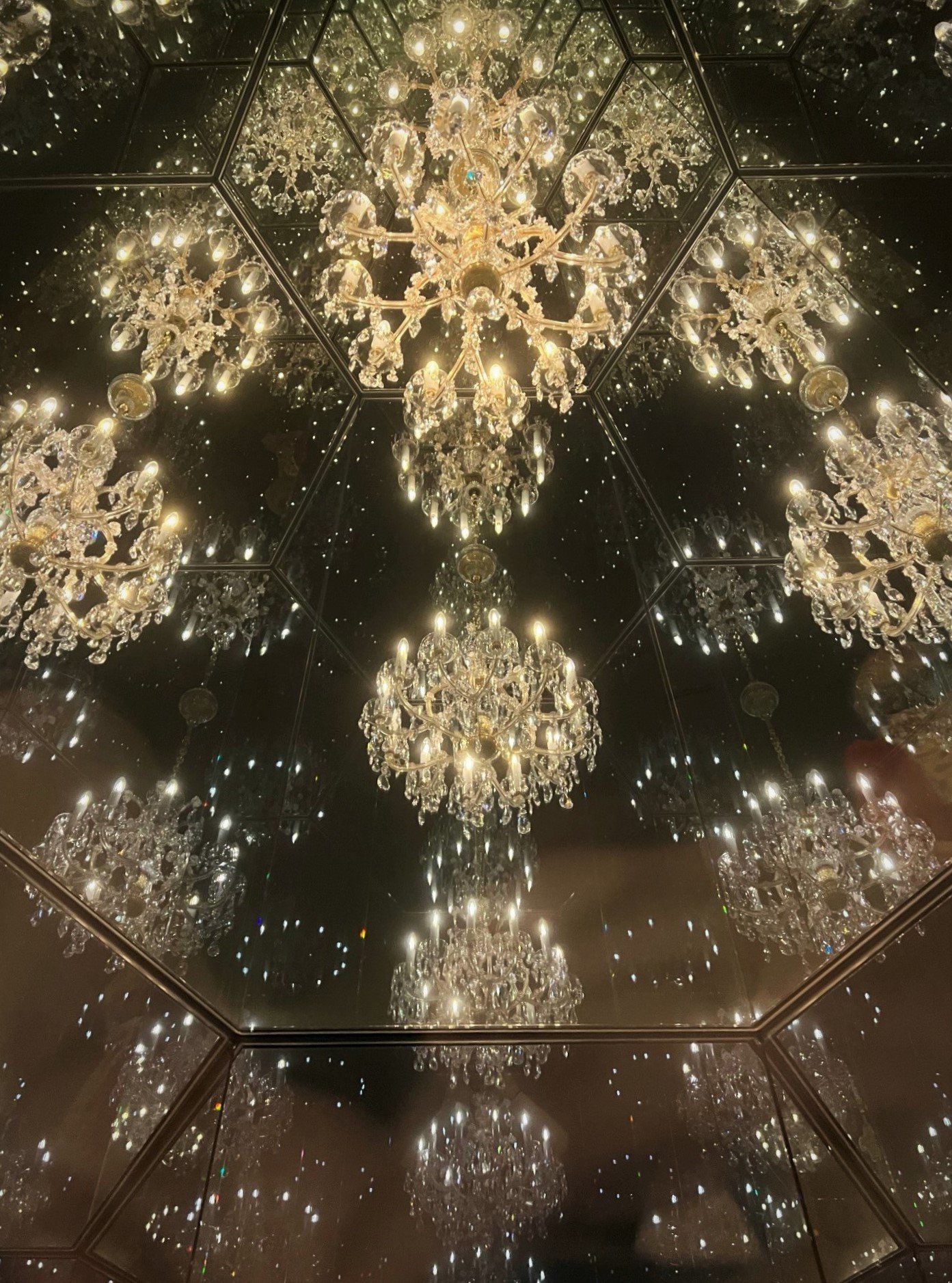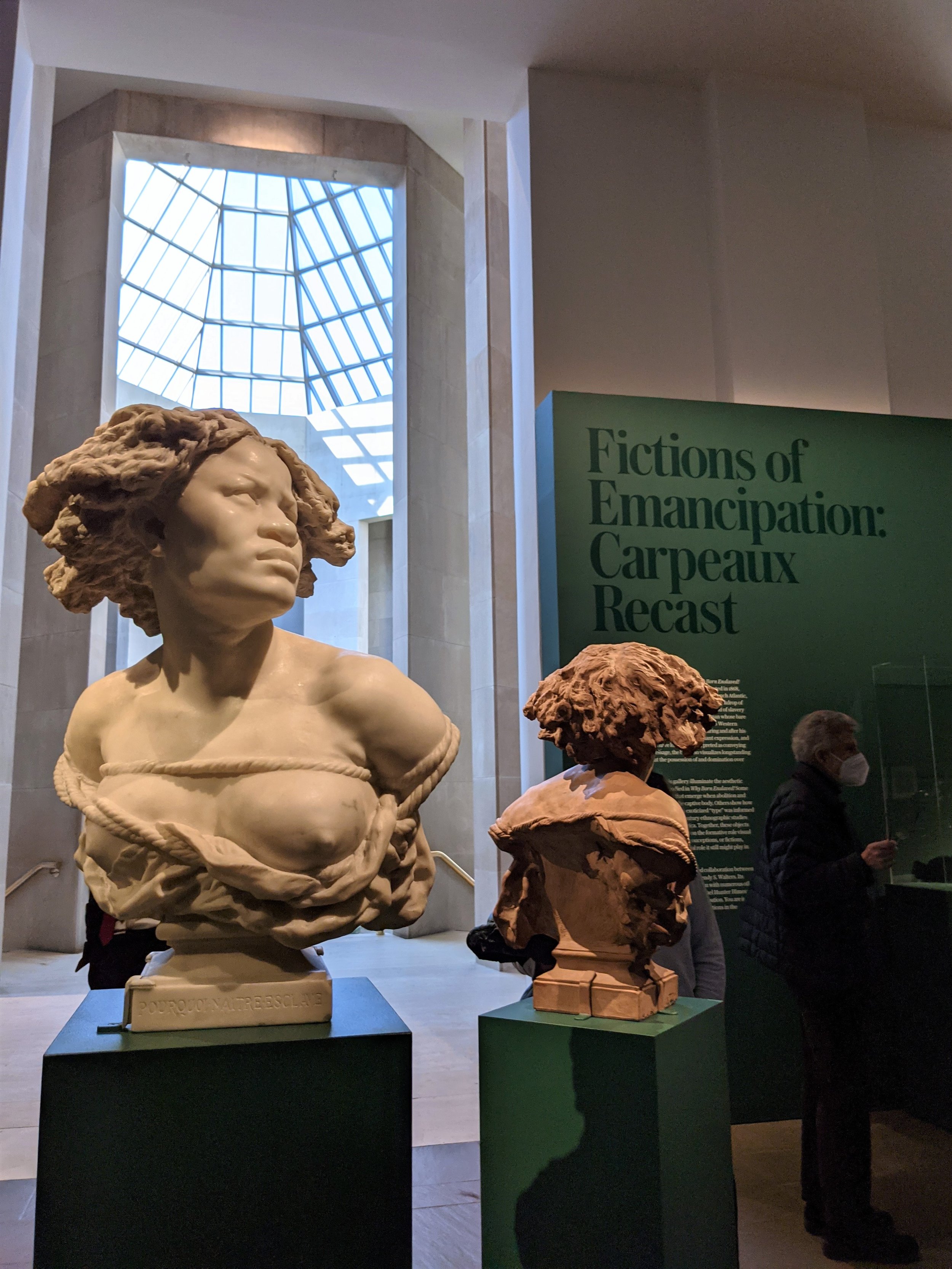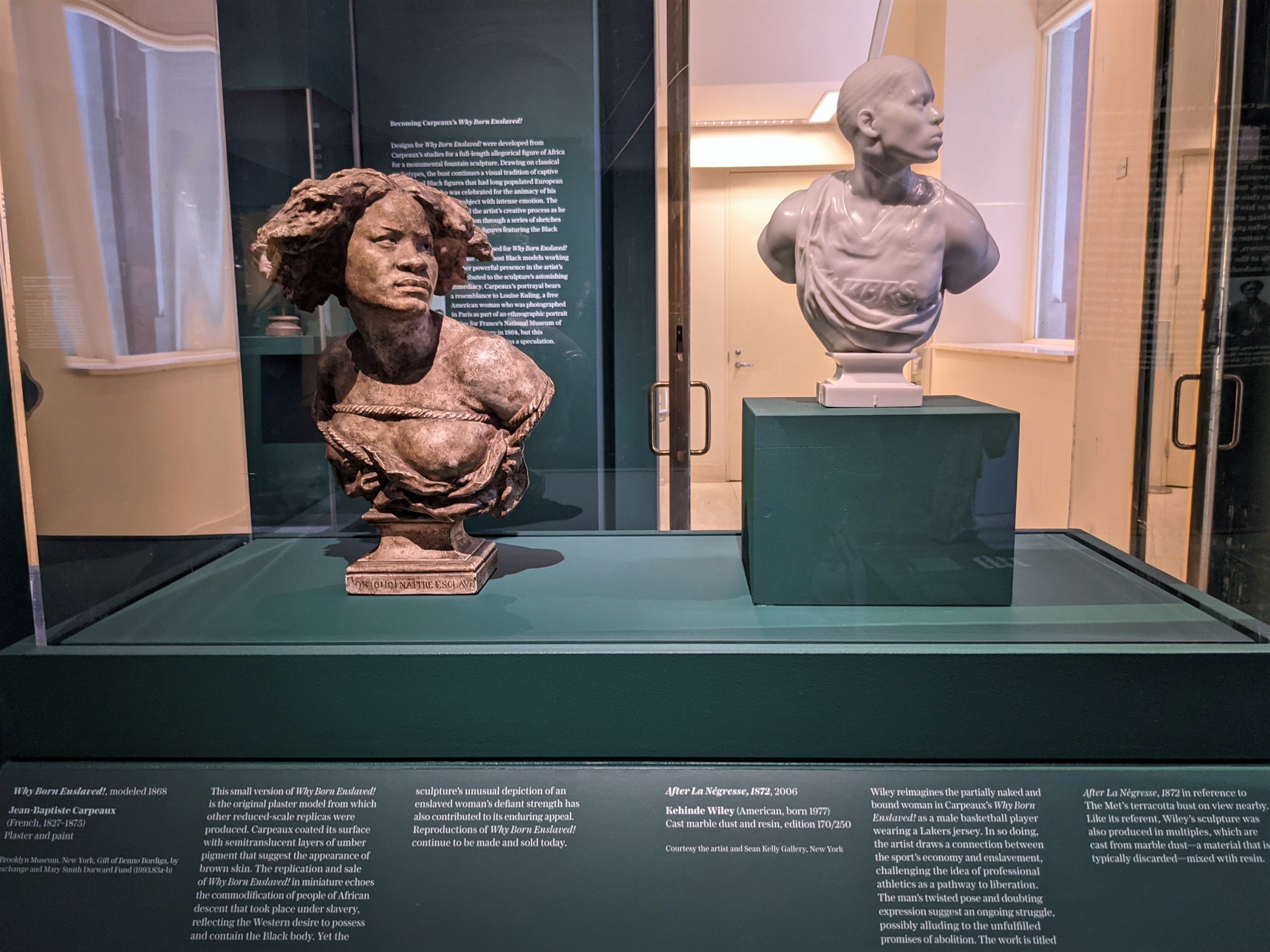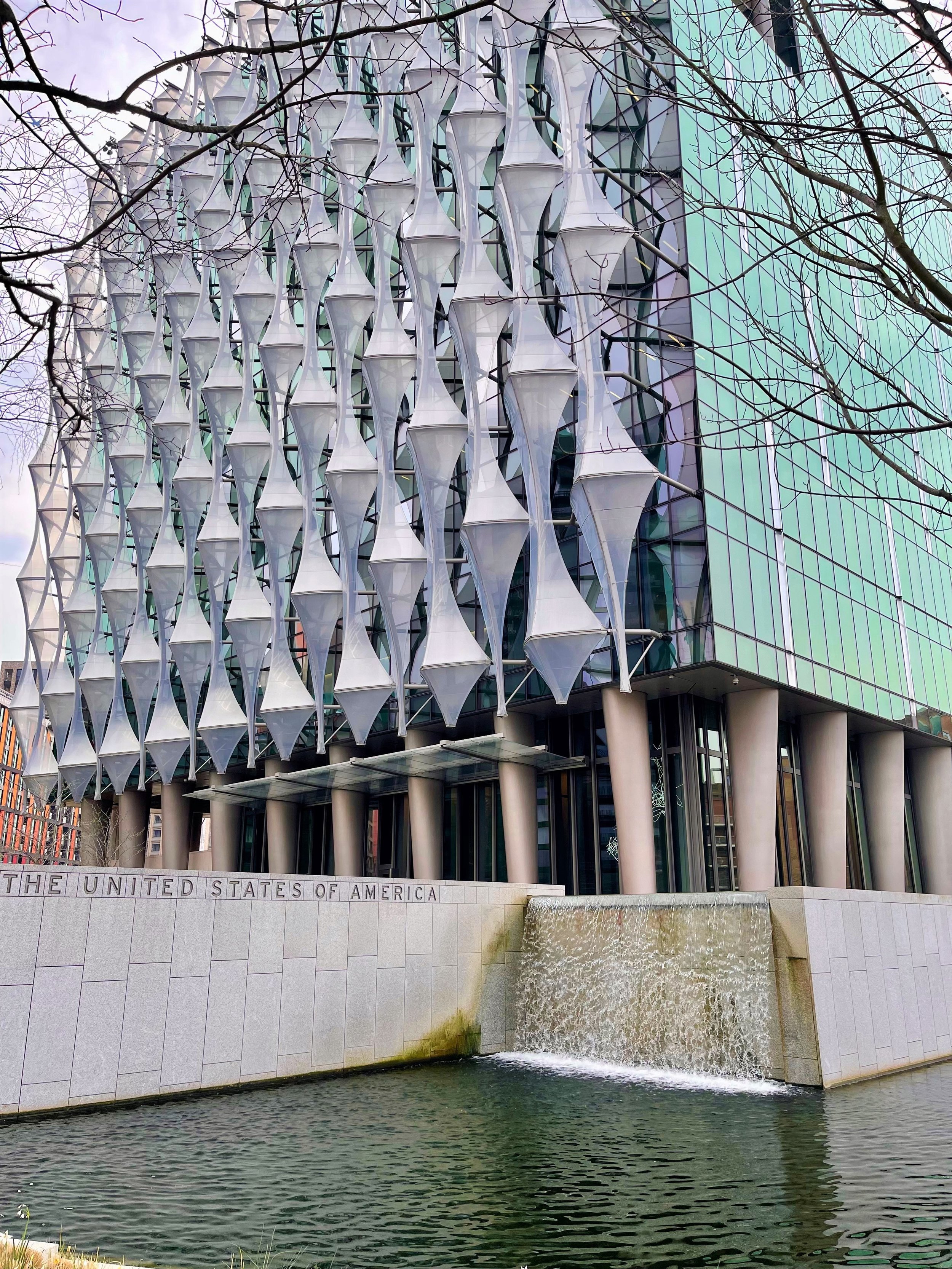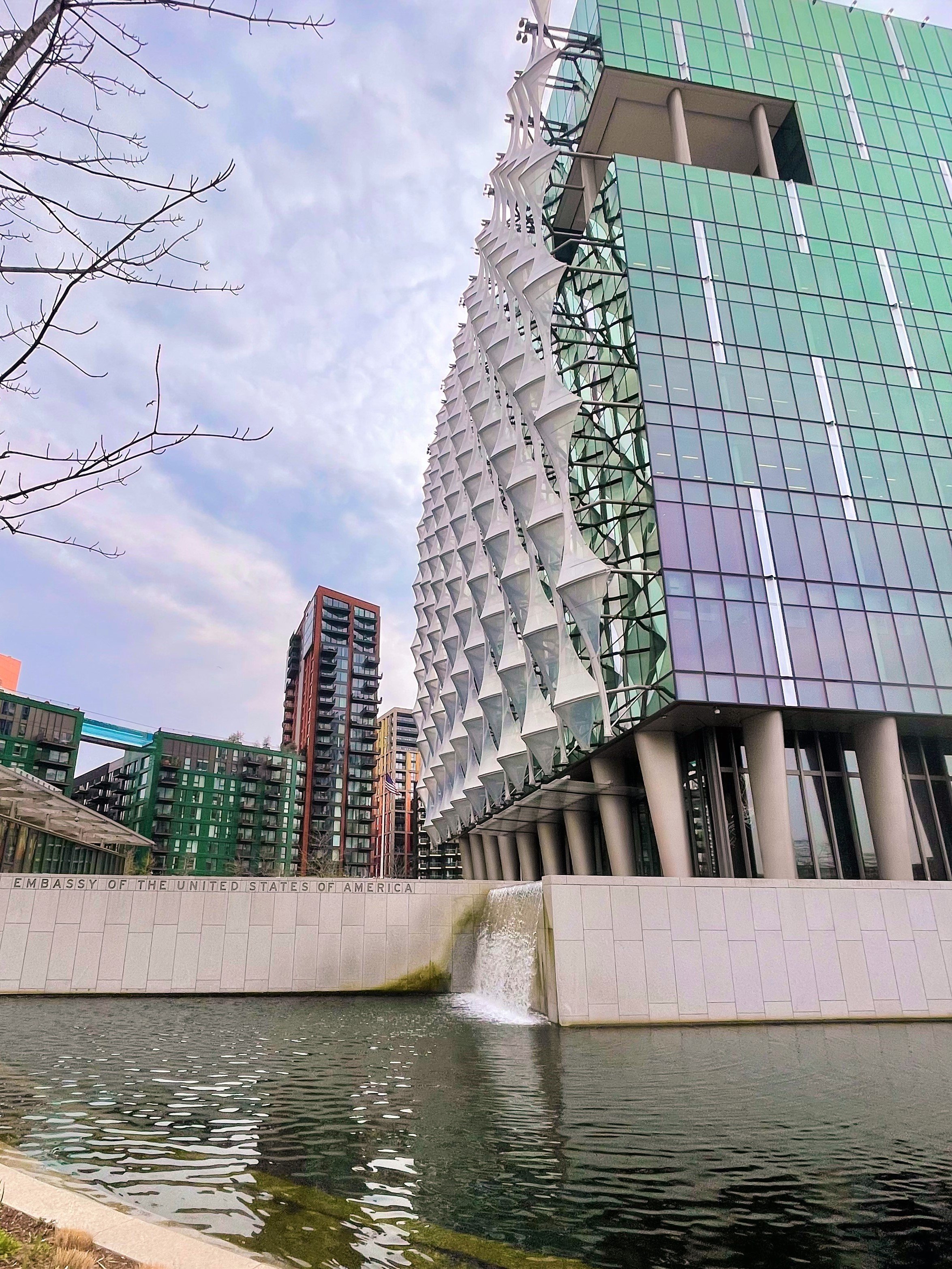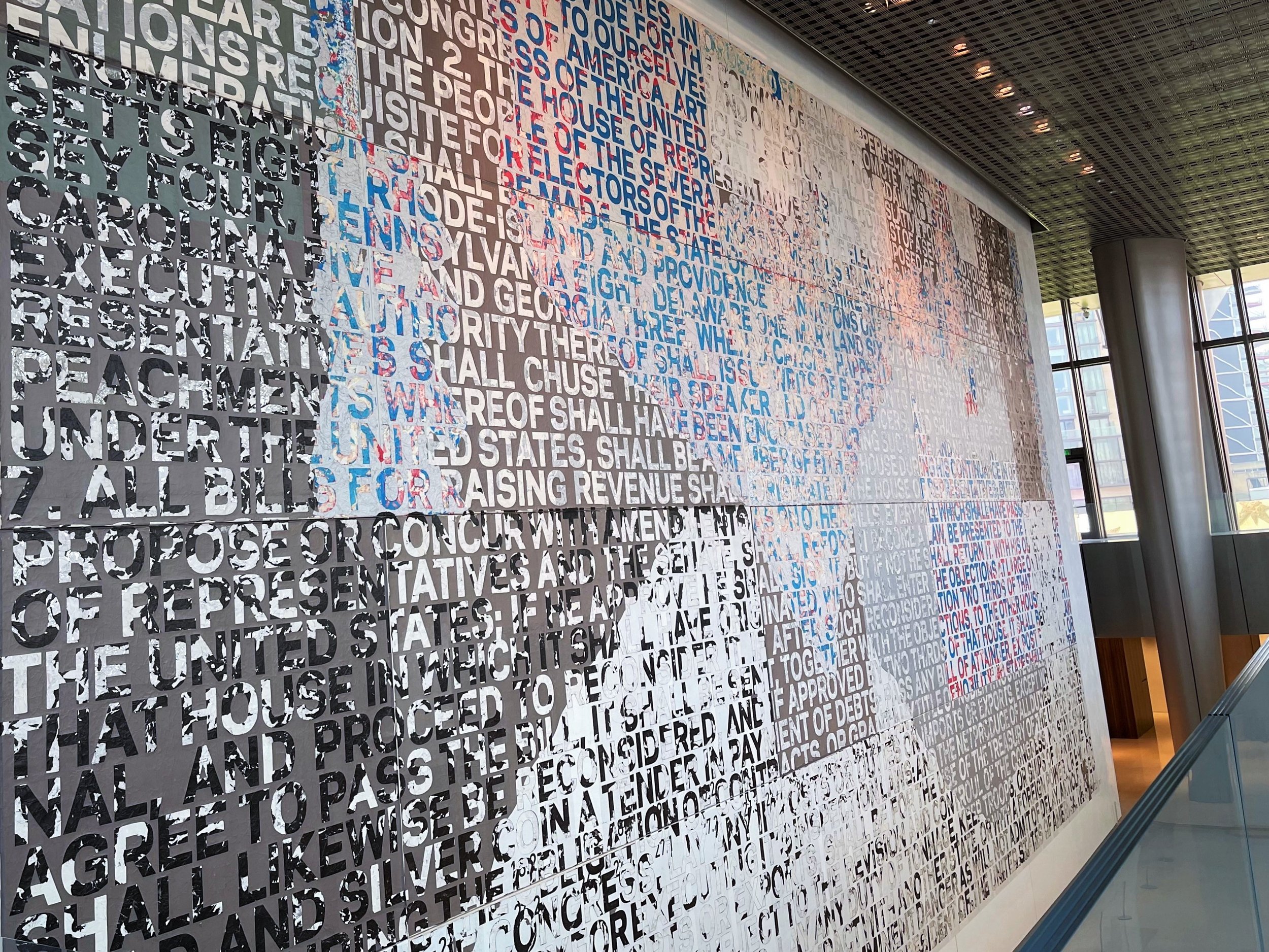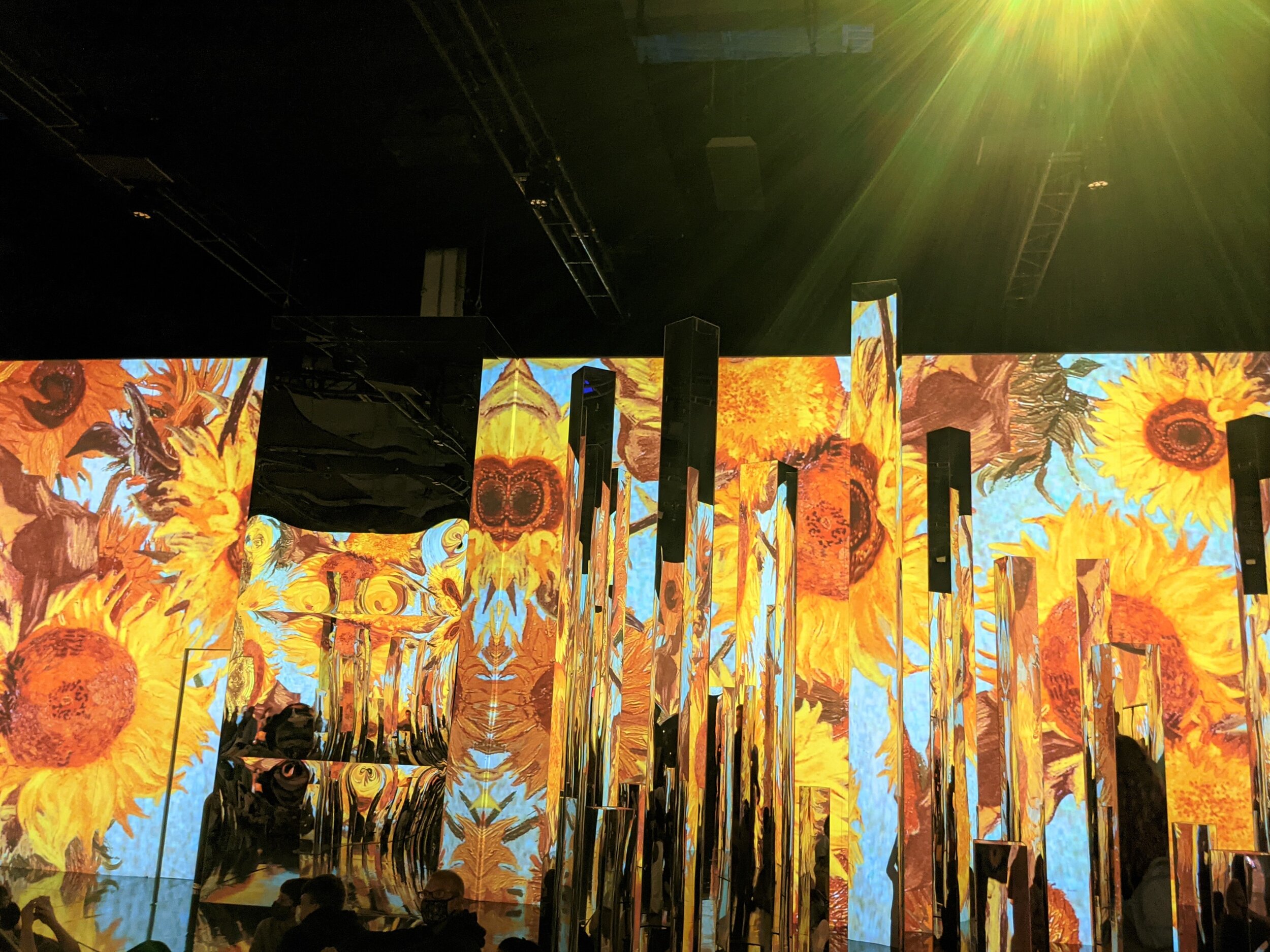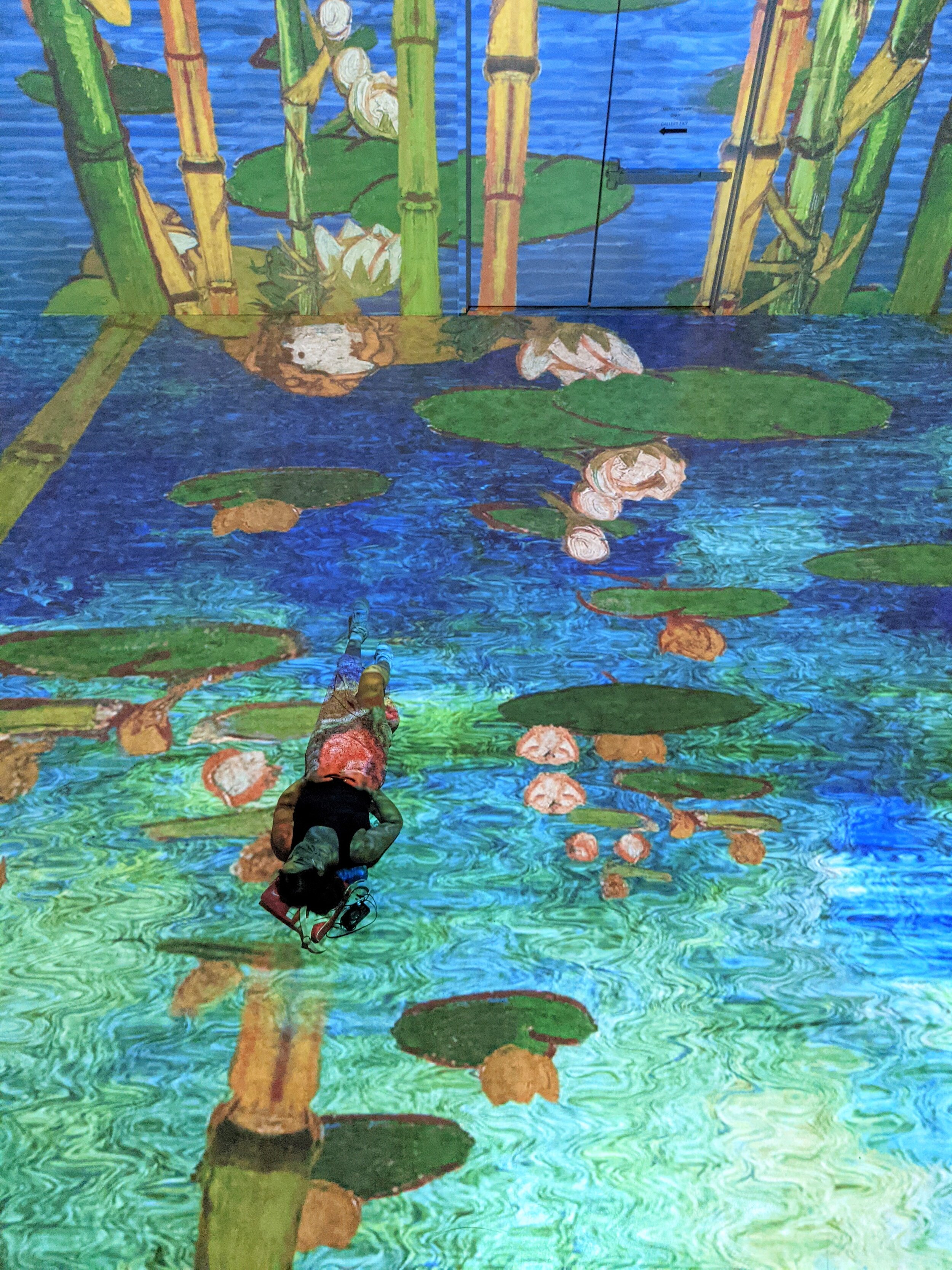Balloon Museum is far more than an immersive display that is fun for all ages, it is a collection of the works of fourteen international artists who have come together to create this extraordinary experience. Interactive installations, like the seemingly infinite mirror wall (first picture) by Tadao Cern. and the huggable inflatable blob beings by Rub Kandy (second picture), actively invite participants to engage with the art. With each artist offering their unique perspective on the shared theme of balloons, the museum unfolds as a vibrant celebration of artistic diversity. The integration of all these distinct art expressions into a cohesive display is truly what makes this exhibition exceptional.
The traveling museum has become an iconic backdrop for photos, even attracting attention from TV characters like one of our favorite expats, Emily, from "Emily in Paris," who visits Balloon Museum in Season Three of the show. After visiting the London exhibition, the Guardian proclaimed it "very Instagrammable.” We agree!
Whether you are looking for an interactive form of art, a viral-worthy pic, or just a good time, make sure you get to Balloon Museum before it travels to its next location on January 14.

